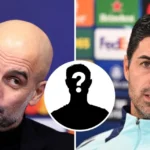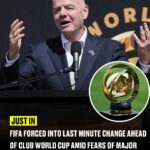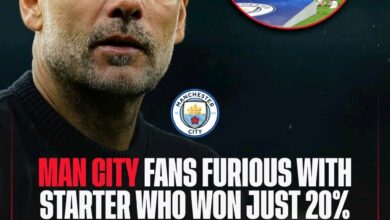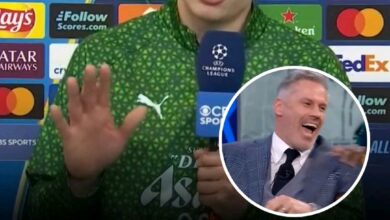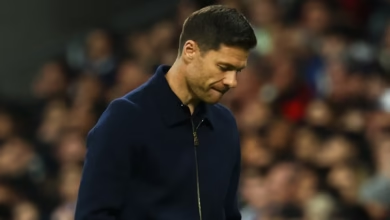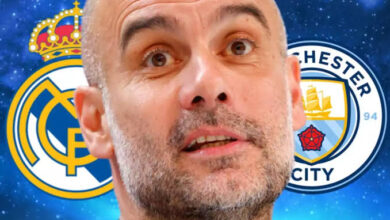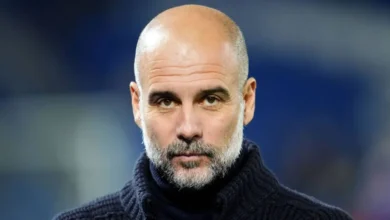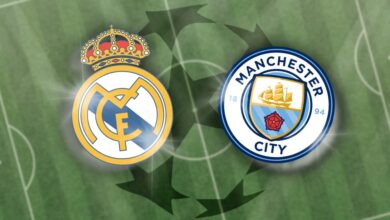The Rodrigo Mora Phenomenon: Why Europe’s Elite Are Circling Porto’s Golden Boy
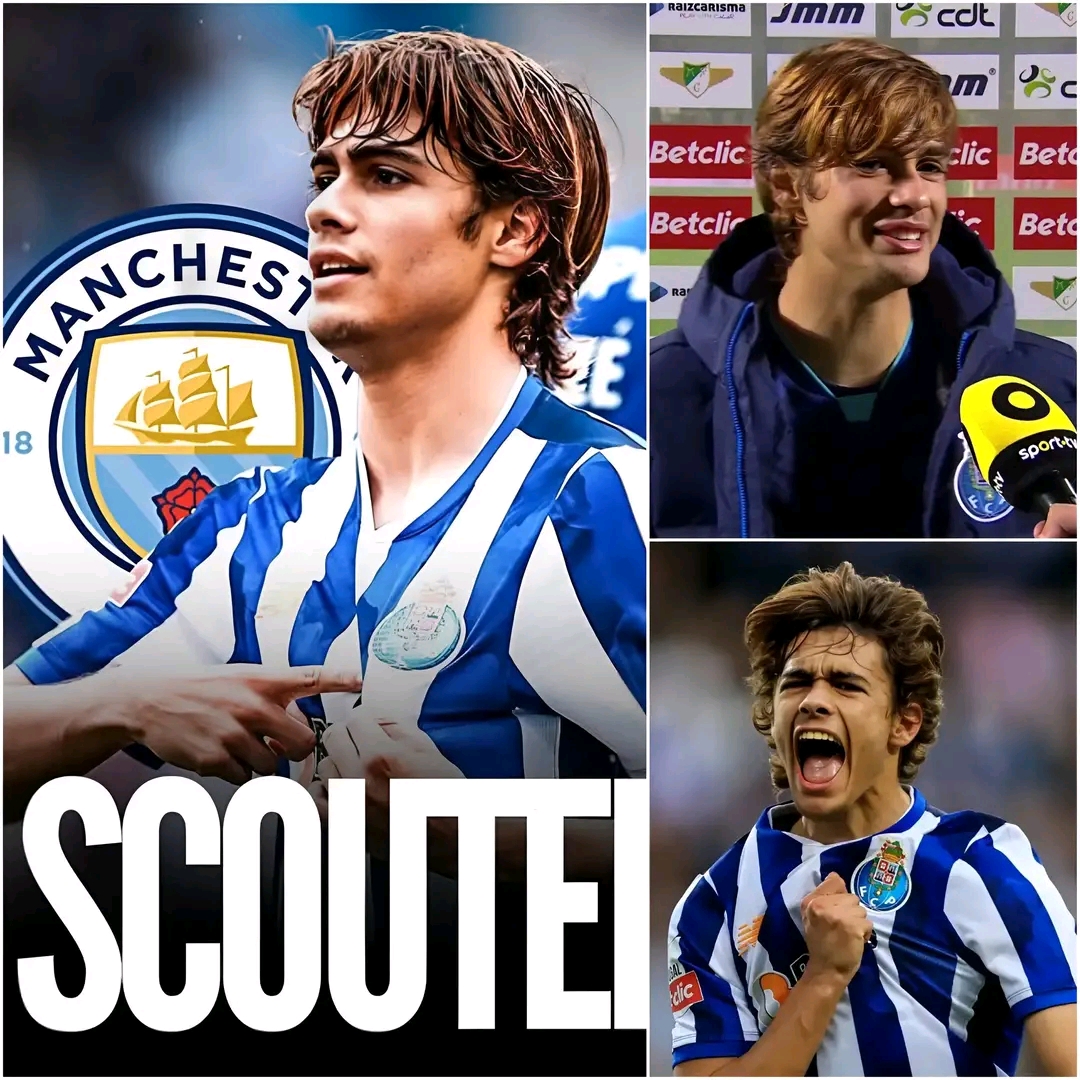
The FIFA Club World Cup has always been a stage where emerging talents announce themselves to the world, but rarely has a single teenager captured the attention of Europe’s elite quite like Rodrigo Mora. The 18-year-old Portuguese attacking midfielder has become the subject of an intense scouting mission, with Manchester City, Arsenal, and Manchester United all dispatching representatives to monitor his performances at the prestigious tournament in the United States.
What makes Mora’s situation particularly fascinating is not just the caliber of clubs interested, but the timing of their pursuit. As Manchester City navigate one of their most significant squad overhauls in recent years, their interest in the Porto wonderkid reveals the strategic thinking behind Pep Guardiola’s evolving project at the Etihad Stadium
Rodrigo Mora’s rise to prominence hasn’t been accidental. The teenager has been methodically climbing through Porto’s renowned youth system, a conveyor belt of talent that has produced some of the world’s finest players. His performances at the Club World Cup have simply accelerated a process that was already well underway.
Standing at the crossroads of technical ability and tactical intelligence, Mora represents the modern attacking midfielder archetype. His vision, passing range, and ability to operate in tight spaces have drawn comparisons to some of the game’s elite playmakers. What sets him apart, however, is his maturity—both on and off the pitch. At just 18, he possesses the composure and decision-making ability of a player with years of top-level experience.
The Portuguese international’s contract situation adds another layer of intrigue to his story. Tied to Porto until 2030 with a release clause reportedly worth €70 million, Mora is not a player who can be acquired cheaply. This significant financial commitment required from any potential suitor serves as both a deterrent to casual interest and a statement of Porto’s belief in their young star’s potential
Manchester City’s interest in Mora must be understood within the context of their broader transfer strategy this summer. Following a disappointing campaign that saw them fail to challenge for both the Premier League and Champions League titles, the club has embarked on a comprehensive squad restructuring under the guidance of new sporting director Hugo Viana.
The Portuguese director, who replaced Txiki Begiristain, has already made his mark with a series of eye-catching signings. The additions of Rayan Ait-Nouri, Marcus Bettinelli, Tijjani Reijnders, and Rayan Cherki represent a calculated effort to inject fresh energy into a squad that had shown signs of stagnation. These acquisitions demonstrate City’s commitment to maintaining their competitive edge while preparing for the future.
However, City’s pursuit of Mora reveals a more nuanced approach to squad building. With an already rich array of attacking talent at Guardiola’s disposal, the Spanish manager is not desperately seeking reinforcements in the final third. Instead, the interest in Mora appears to be driven by long-term strategic planning—identifying and potentially securing a player who could become a cornerstone of the team’s future.
This forward-thinking approach aligns with City’s historical transfer philosophy. The club has often moved early to secure promising talents, sometimes years before they become essential to the first team. The cases of players like Ferran Torres and Julian Alvarez demonstrate how City can identify and integrate young talents into their system, developing them into key contributors over time.
While Manchester City’s interest is notable, it’s Arsenal who appear to be leading the race for Mora’s signature. The Gunners’ pursuit of the Portuguese teenager is reportedly the most advanced among English clubs, suggesting that Mikel Arteta and his recruitment team have identified Mora as a priority target for their own squad development.
Arsenal’s interest in Mora makes considerable sense from a tactical perspective. The London club has been building a young, dynamic squad capable of challenging for major honors. The addition of a player like Mora would provide Arteta with additional creative options while maintaining the youthful energy that has characterized Arsenal’s recent renaissance.
The Gunners’ approach to the transfer market has been notably aggressive, with reports suggesting they are simultaneously pursuing multiple high-profile targets. Their advanced negotiations with Sporting Lisbon for Viktor Gyokeres demonstrate their ambition to strengthen multiple areas of the squad simultaneously. This multi-pronged approach suggests that Arsenal view the current transfer window as a crucial moment in their development trajectory.
The convergence of multiple Premier League clubs on Mora during the Club World Cup highlights the evolving nature of modern football scouting. Gone are the days when clubs could rely on regional networks or traditional scouting methods to identify emerging talents. Today’s competitive landscape demands a global approach, with clubs dispatching scouts to tournaments worldwide in search of the next breakthrough star.
The Club World Cup, in particular, has become an increasingly important scouting ground. The tournament brings together clubs from different continents, creating a unique environment where emerging talents can be assessed against varied opposition. For a player like Mora, the tournament represents an opportunity to demonstrate his abilities on a global stage, away from the familiar surroundings of Portuguese football.
The presence of scouts from Manchester City, Arsenal, and Manchester United at the tournament also reflects the Premier League’s continued dominance in the global transfer market. English clubs’ financial resources and competitive prestige make them attractive destinations for young talents, creating intense competition for the most promising prospects.
The €70 million release clause attached to Mora’s contract represents a significant financial commitment that will influence any potential transfer. This figure places him among the most expensive teenage prospects in world football, reflecting both Porto’s valuation of his potential and the current inflation in the transfer market.
For Manchester City, this price point would represent a substantial investment in a player who may not contribute immediately to the first team. However, the club’s financial resources and long-term planning approach make such an investment feasible, particularly if they view Mora as a generational talent.
The financial implications extend beyond the initial transfer fee. Mora’s wage demands, integration costs, and the potential for future development must all be factored into any club’s calculations. The most successful clubs in the modern era have been those capable of balancing immediate needs with long-term potential, creating sustainable competitive advantages through strategic talent acquisition.
Hugo Viana’s appointment as Manchester City’s new sporting director adds an interesting dimension to their interest in Mora. The Portuguese executive’s deep knowledge of his home country’s football landscape could prove invaluable in any potential negotiations. Viana’s connections within Portuguese football, combined with his understanding of both Porto’s organizational culture and the player’s background, could provide City with a competitive advantage in the pursuit.
This Portuguese connection also extends to the broader football ecosystem. The historic ties between Portuguese and English football, combined with the success of players like Bruno Fernandes and Bernardo Silva in the Premier League, create a pathway for talented Portuguese players to succeed in English football.
As the transfer window progresses, the competition for Mora’s signature will likely intensify. The teenager faces a career-defining decision that will shape his developmental trajectory for years to come. The choice between staying at Porto to continue his development in familiar surroundings, or making the leap to one of Europe’s elite clubs, represents the classic dilemma facing young talents in modern football.
For Manchester City, Arsenal, and Manchester United, the pursuit of Mora represents more than just the acquisition of a talented player. It reflects their broader strategic visions and their commitment to remaining competitive in an increasingly dynamic football landscape. The club that ultimately secures Mora’s signature will be making a statement about their belief in his potential and their commitment to long-term success.
The coming weeks will reveal whether Manchester City’s interest develops into concrete action or remains at the monitoring stage. With their recent signings already strengthening the squad, the club may choose to focus their resources on other areas of need. However, the opportunity to secure a player of Mora’s potential may prove too tempting to ignore, particularly given the competitive landscape surrounding his potential transfer.
In the end, Rodrigo Mora’s story represents the modern reality of elite football—a global marketplace where talent is identified, pursued, and secured through sophisticated scouting networks and strategic planning. Whether he ends up at Manchester City, Arsenal, Manchester United, or remains at Porto, his journey will continue to captivate football observers worldwide as one of the most promising young talents in the game today.
